 Chihiro, 57 days after her birth, 1919 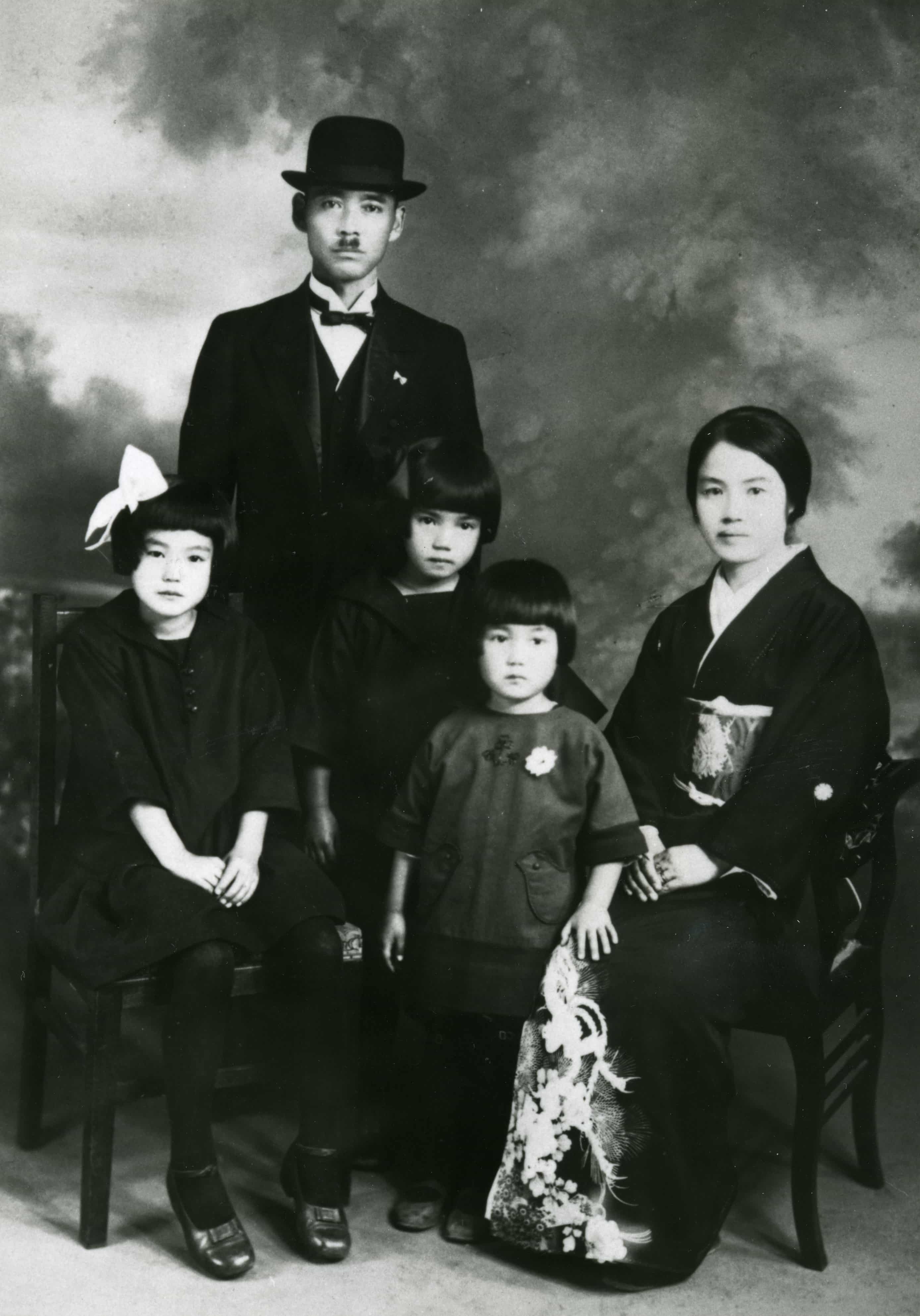 Commemorative family photo on the occasion of Chihiro’s parents being invited to Emperor Showa’s enthronement ceremony (Chihiro at far left), 1928 |
1918 | On December 15, Chihiro Iwasaki was born in Takefu, Fukui Prefecture. Moved to Tokyo the next year. |
| 1933 | Began to study sketching and oil painting under Saburosuke Okada. | |
| 1936 | Graduated from high school. Had a painting accepted for the Shuyo Exhibition of Western-style Painting by Women Artists. | |
| 1937 | Began to study calligraphy at the Fujiwara Kozei School. | |
 Chihiro in her wedding kimono, 1939  In front of Unit Commander Morioka’s quarters in Boli, China (Chihiro in center of back row), 1944 |
1939 | First marriage in spring. The couple went to Dailan, Manchuria. In winter, she was widowed and came back to Japan. |
| 1942 | Began to study oil painting again, this time under Tai Nakatani. | |
| 1944 | In April, went to Manchuria with a women’s pioneer group. Returned to Japan in August as the war situation worsened. | |
| 1945 | Suffered the destruction of her family home in one of the air raids that attacked Tokyo; took refuge at her grandmother’s home in Matsumoto, Nagano Prefecture. | |
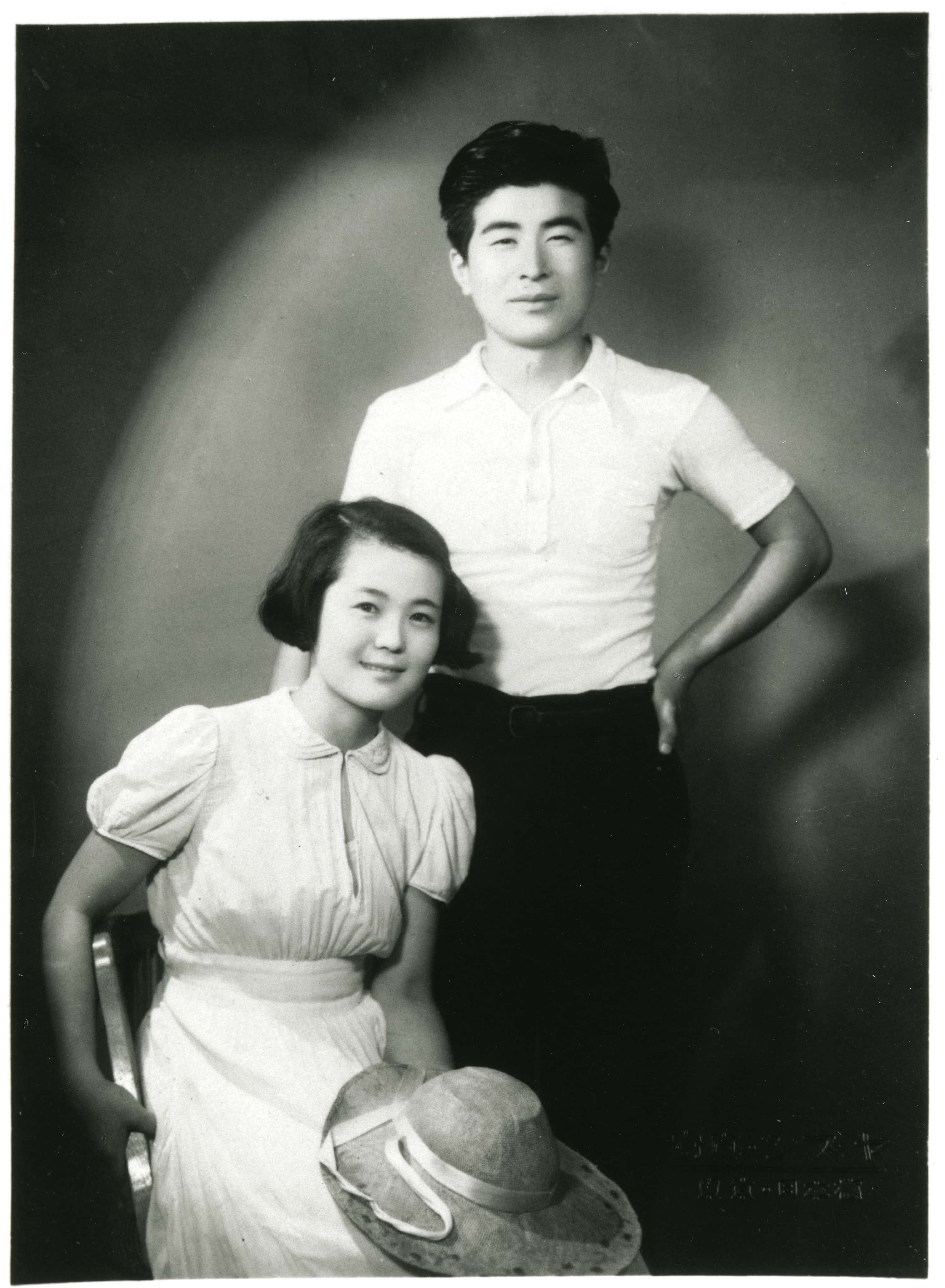 Chihiro with her husband, Zenmei, 1950 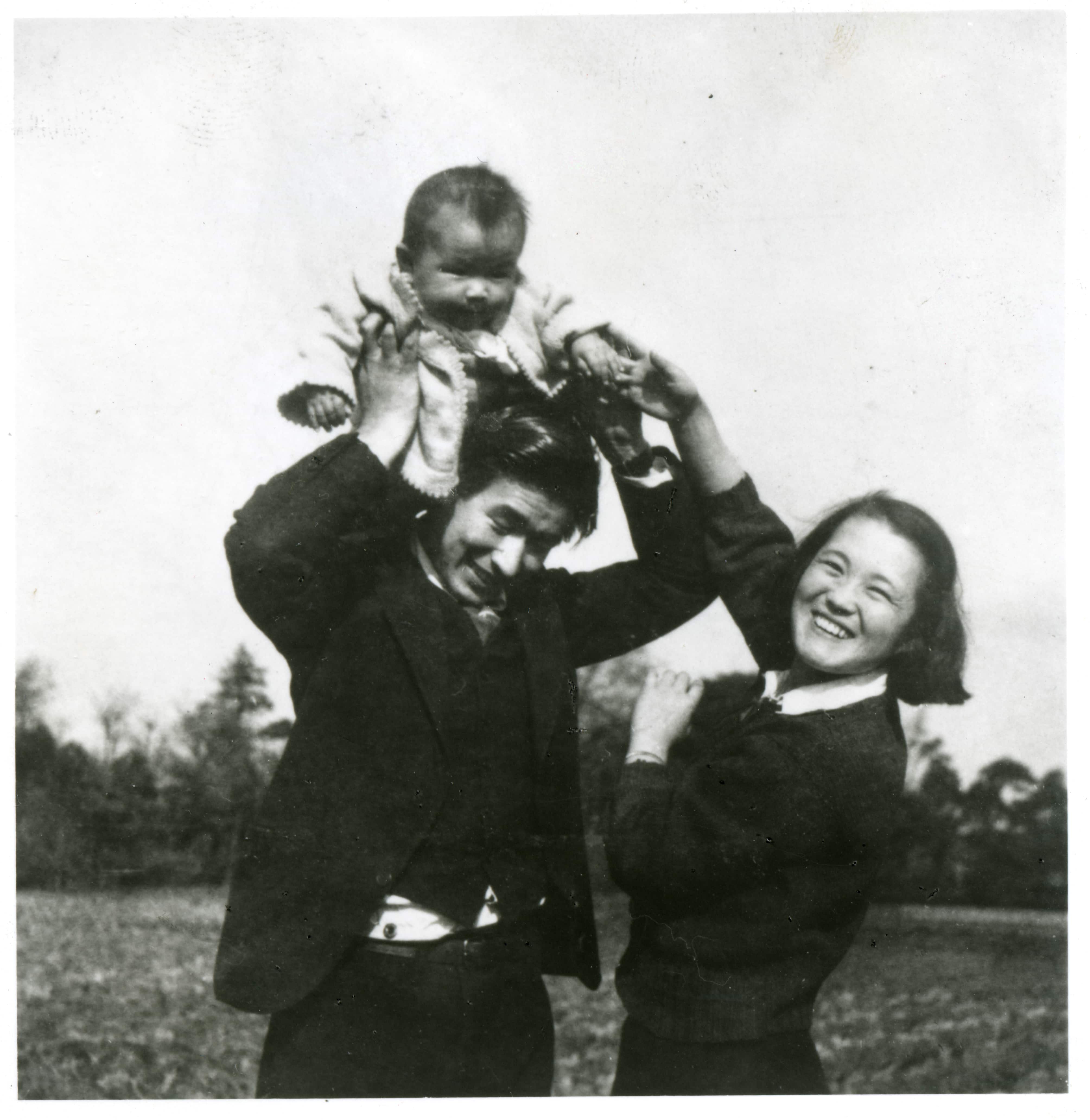 At the site of their new Tokyo home in Shimo-shakujii, Nerima ward, November 1951 |
1946 | Joined the Japan Communist Party in Nagano Prefecture. In spring, returned to Tokyo and studied art under Toshiko Akamatsu. Became a writer-illustrator for the Jinmin Shinbun (People’s Paper). |
| 1949 | Created and published a set of illustrated “paper-theater” storytelling panels called Okasan no Hanashi (The Story of a Mother), which won the Prize for the Minister of Education, Science and Culture in 1950. | |
| 1950 | Married Zenmei Matsumoto. | |
| 1951 | Birth of her son, Takeshi. | |
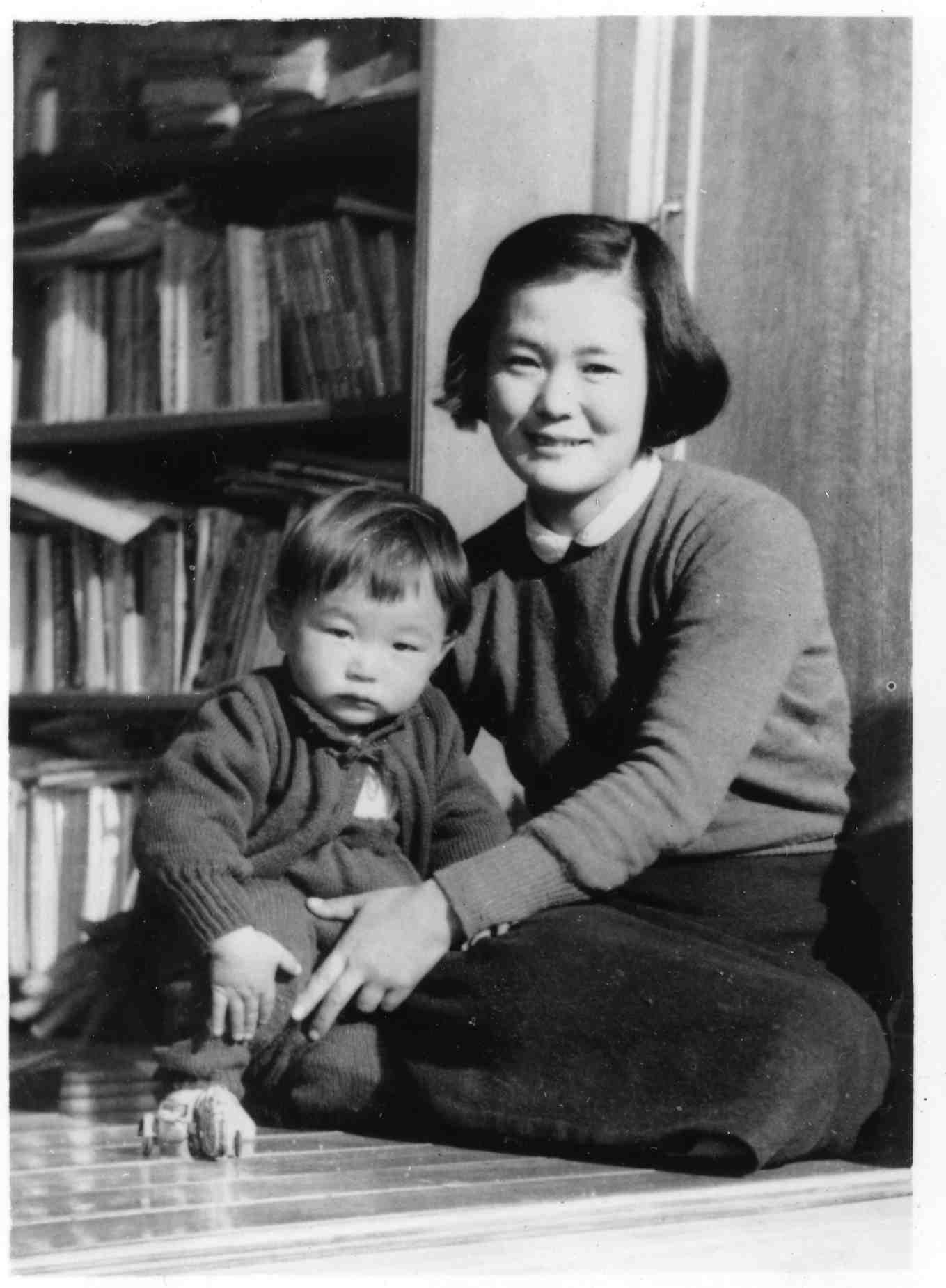 At home with her son, Takeshi, 1952 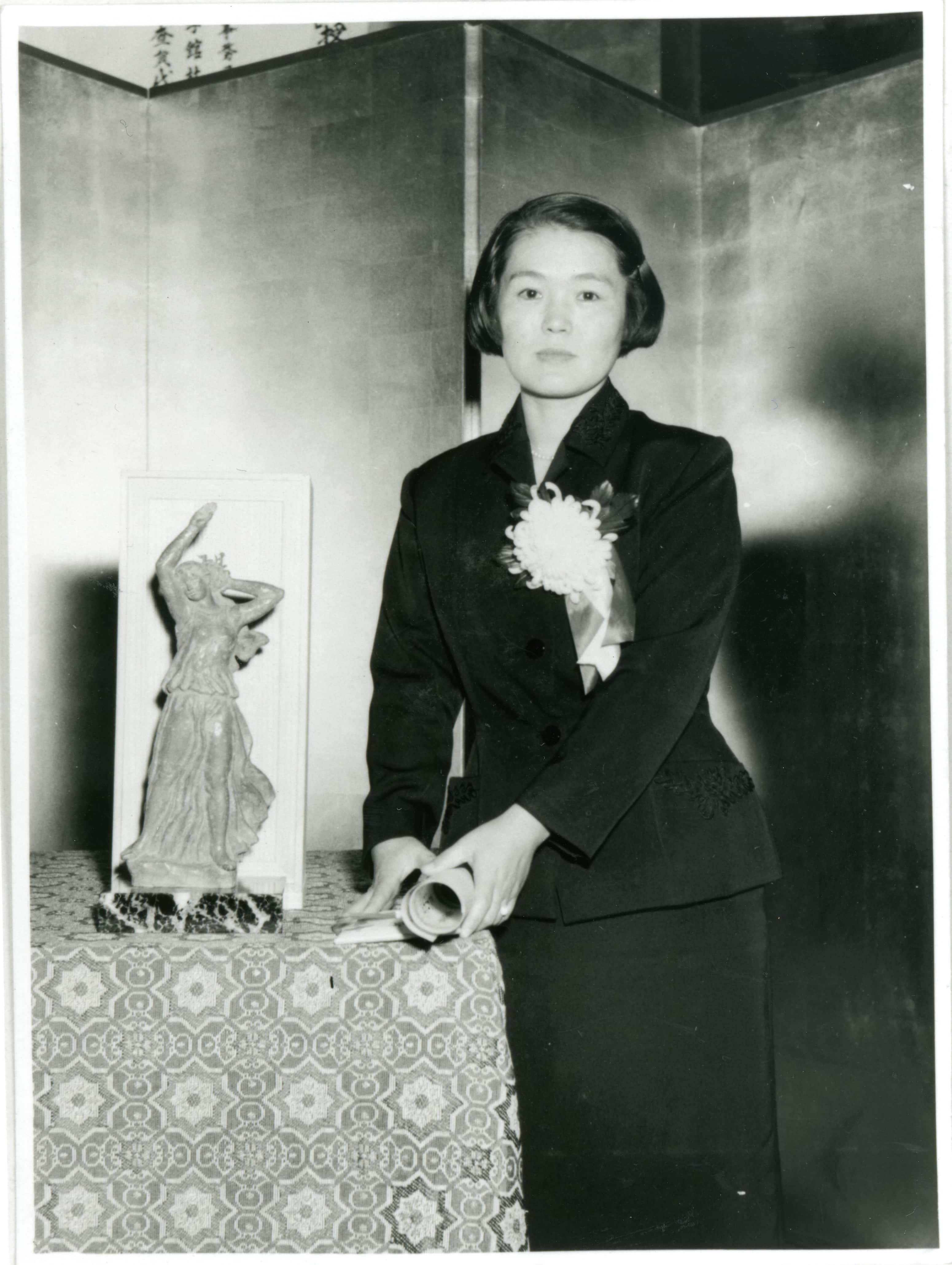 At the Shogakukan Publishing Juvenile Culture Award ceremony, 1956 |
1952 | Built a house in Nerima-ku, Tokyo (today the site of the Chihiro Art Museum Tokyo). |
| 1956 | Received the Juvenile Culture Award of the Shogakukan Publishing Co. for her book and magazine illustrations for young children. Created her first picture book Hitori de Dekiru yo (I Can Do It All by Myself). | |
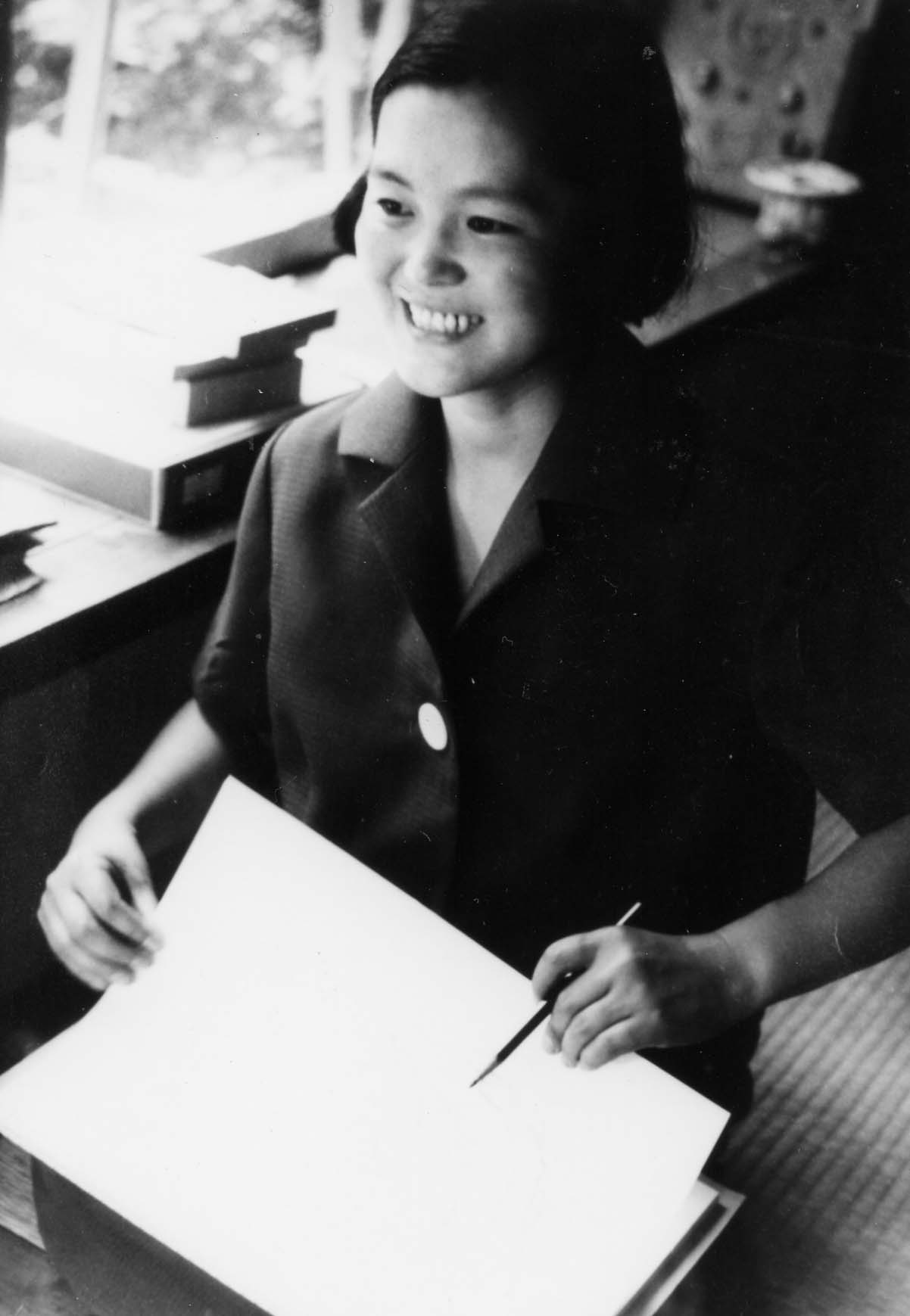 Sketching at home, 1960  On the roadside in Toledo, Spain, 1966 |
1960 | Created AIUEO no Hon (The Alphabet Book: A-I-U-E-O), which won the Sankei Children’s Books Award. |
| 1963 | Began a major series of cover illustrations for the magazine Kodomo no Shiawase (Children’s Happiness). In June, attended the Women’s International Conference held in Moscow. | |
| 1966 | Traveled to Europe. After the trip, illustrated H.C. Andersen’s E no Nai Ehon (What the Moon Saw) | |
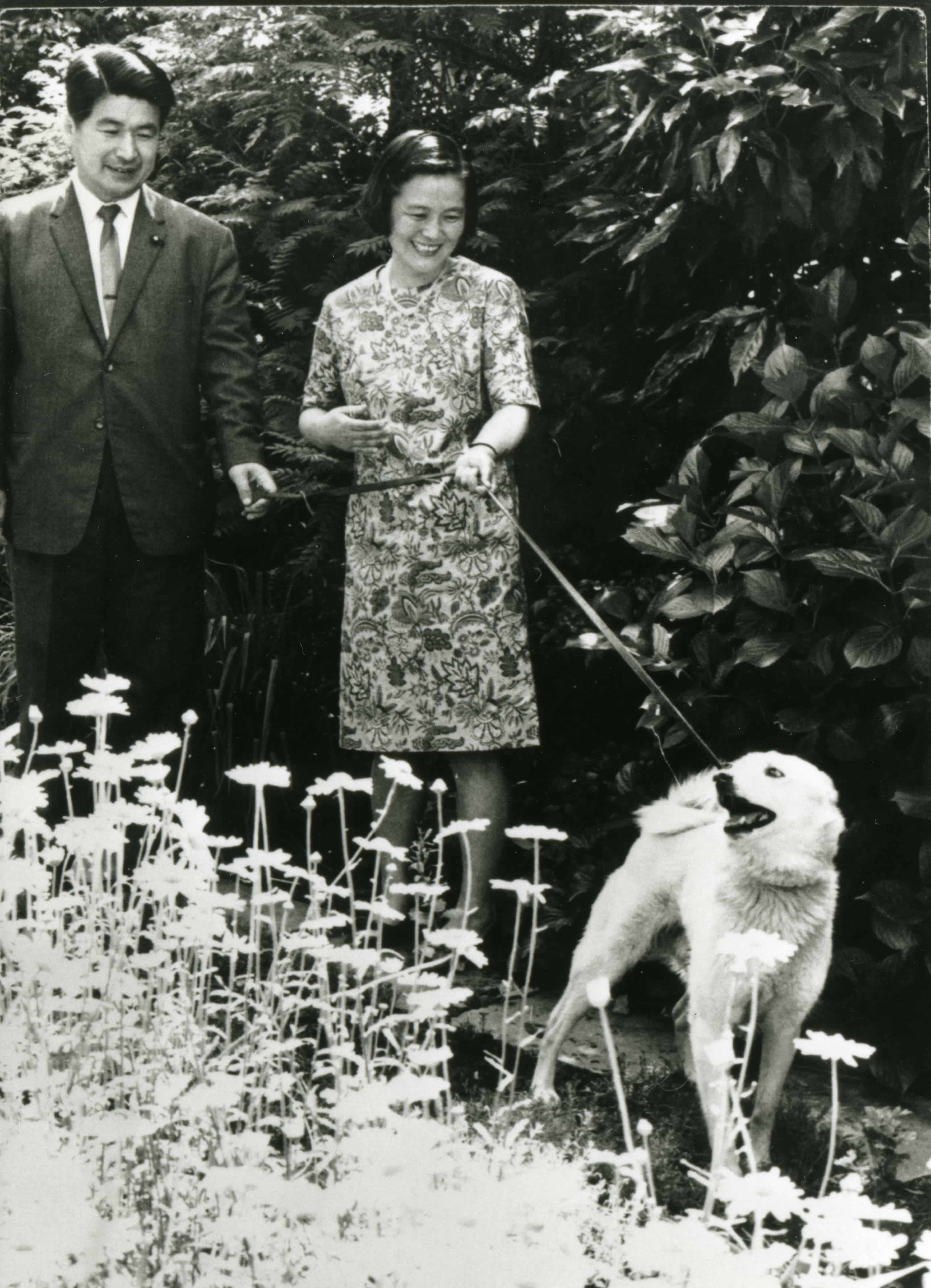 In the garden amid blooming marguerites, May 1968  On the veranda of the newly expanded living room of her mother, Fumie, 1972 |
1967 | Illustrated Watashi ga Chiisakatta Toki ni (When I Was a Child). Her husband became a member of the House of Representatives, the Japanese Diet. |
| 1968 | Created Ame no Hi no Orusuban (Staying Home Alone on a Rainy Day). | |
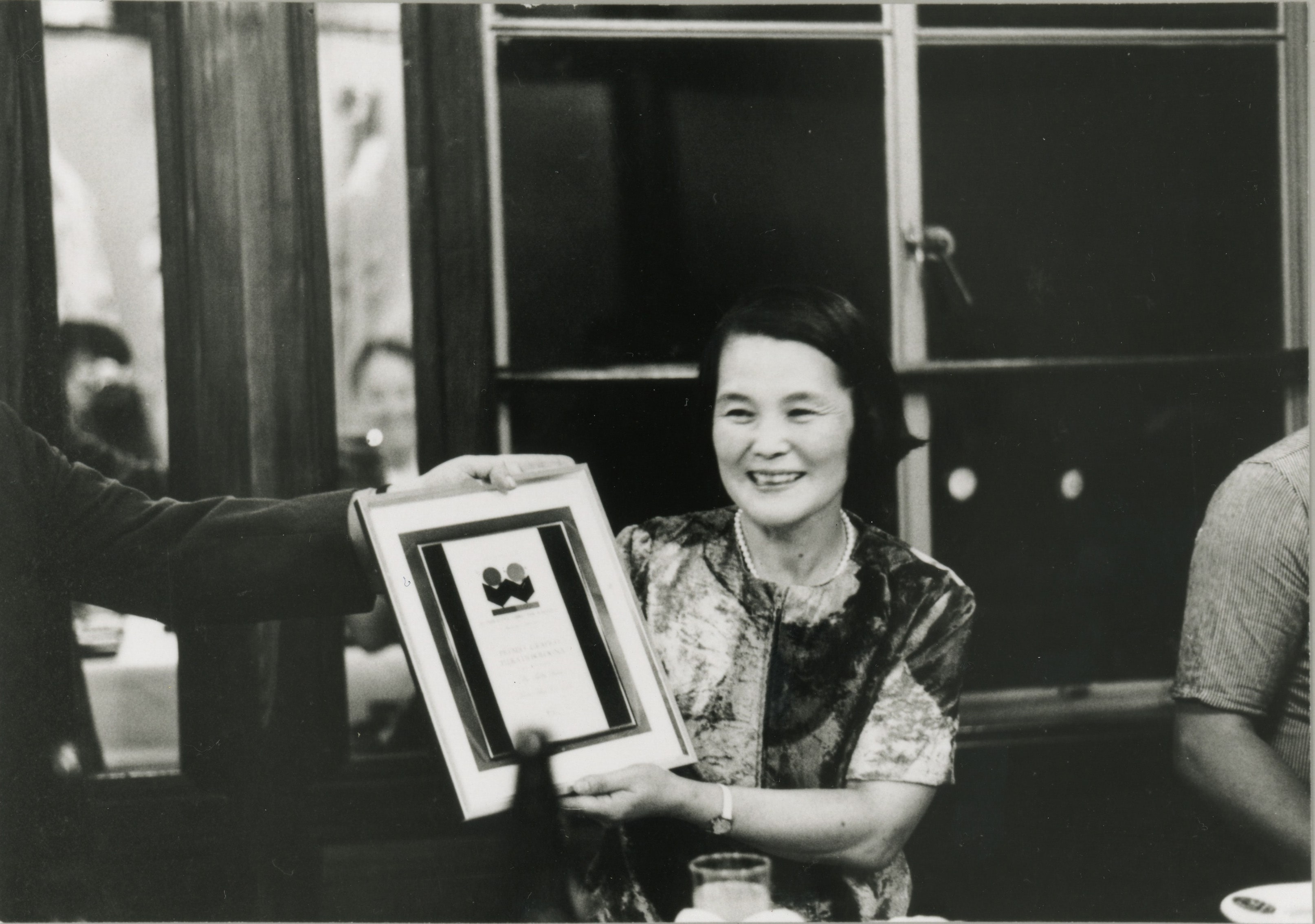 Celebrating the winning of the Graphic Prize Fiera di Bologna, 1973 |
1973 | Kotori no Kuru Hi (The Pretty Bird) won the Graphic Prize Fiera di Bologna. Published Senka no Naka no Kodomo-tachi (Children in the Flames of War), posthumously granted the bronze medal of the Leipzig International Book Fair in 1974. In autumn, diagnosed with liver cancer. |
| 1974 | Died of cancer on August 8. The posthumous work Akai Rosoku to Ningyo (The Red Candles and the Mermaid) was published. |
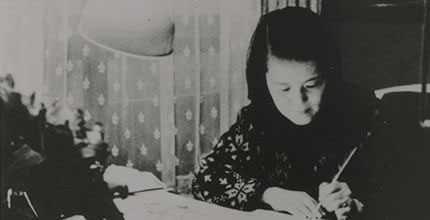


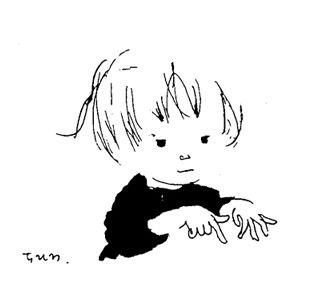
SNS Menu